See all "Home Remedy" Section Topics
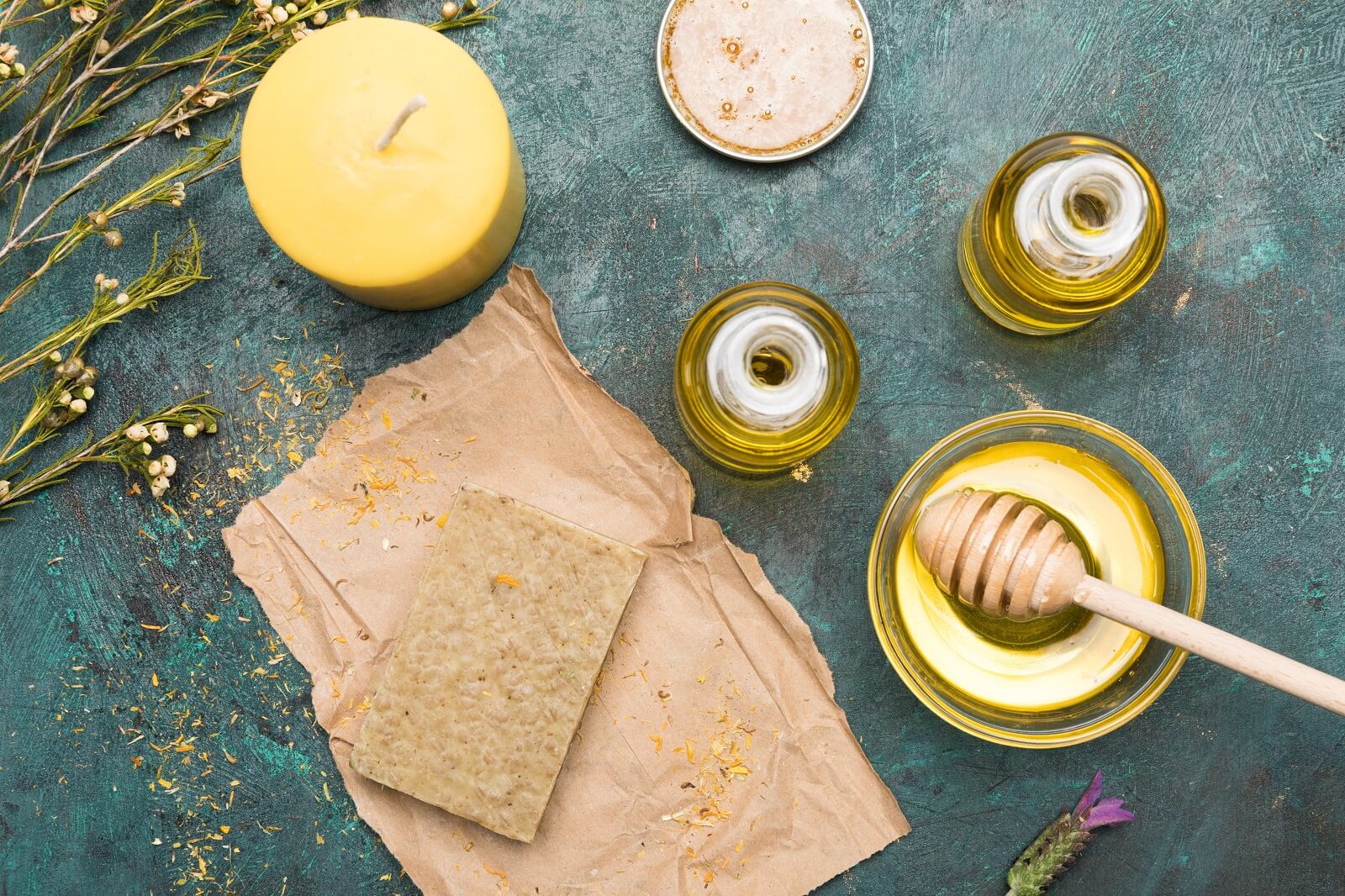
It is rather easy to make a homemade yeast infection cure; this article will tell you exactly what to use. You will need honey, garlic, cinnamon powder, and preferably a good probiotic. With these ingredients you will be able to naturally treat a yeast infection. But, before we begin discussing exactly how to do this, let’s take a look at two 12 hour yeast infection treatments.
Homemade Yeast Infection Cure
A good homemade cure for yeast infection can utilize items you probably already have on hand in your house. If you are fortunate to have a few essential oils, you might have the right ones for curing yeast infections. You can simply add these to your honey, along with the other items, for this treatment plan. To get an in-depth list of oils that will work, you can check out the essential oils section of this website.
Herbs can also be added to honey; typically by grinding them and adding them into the honey. Make sure your honey retains its viscosity; if you add too much herbal powder to the honey it could become clumpy. For a good list of herbs that you can use in your honey, you can check out Herbal Remedies for Yeast Infection.
Each of the ingredients in this homemade remedy will be added to honey. The honey, with the herbs mixed into it, can then be used medicinally. If you are a woman with a vaginal Candida infection, it would probably be best to use this mixture intravaginally, right before you go to bed; and, let it sit all night. Additionally, washing the vagina or infected area with clean water, to remove excess yeast before applying this mixture, would probably help as well.
One caveat: the more garlic, herbs, or essential oils you put into your honey, the more chance you may have of irritating the area you use it on. Pureed garlic is the most effective way to utilize garlic; but, it may irritate sensitive skin. If you have an external yeast infection, you are likely to be able to withstand stronger concentrations of these items in the honey.
Why Use Honey?
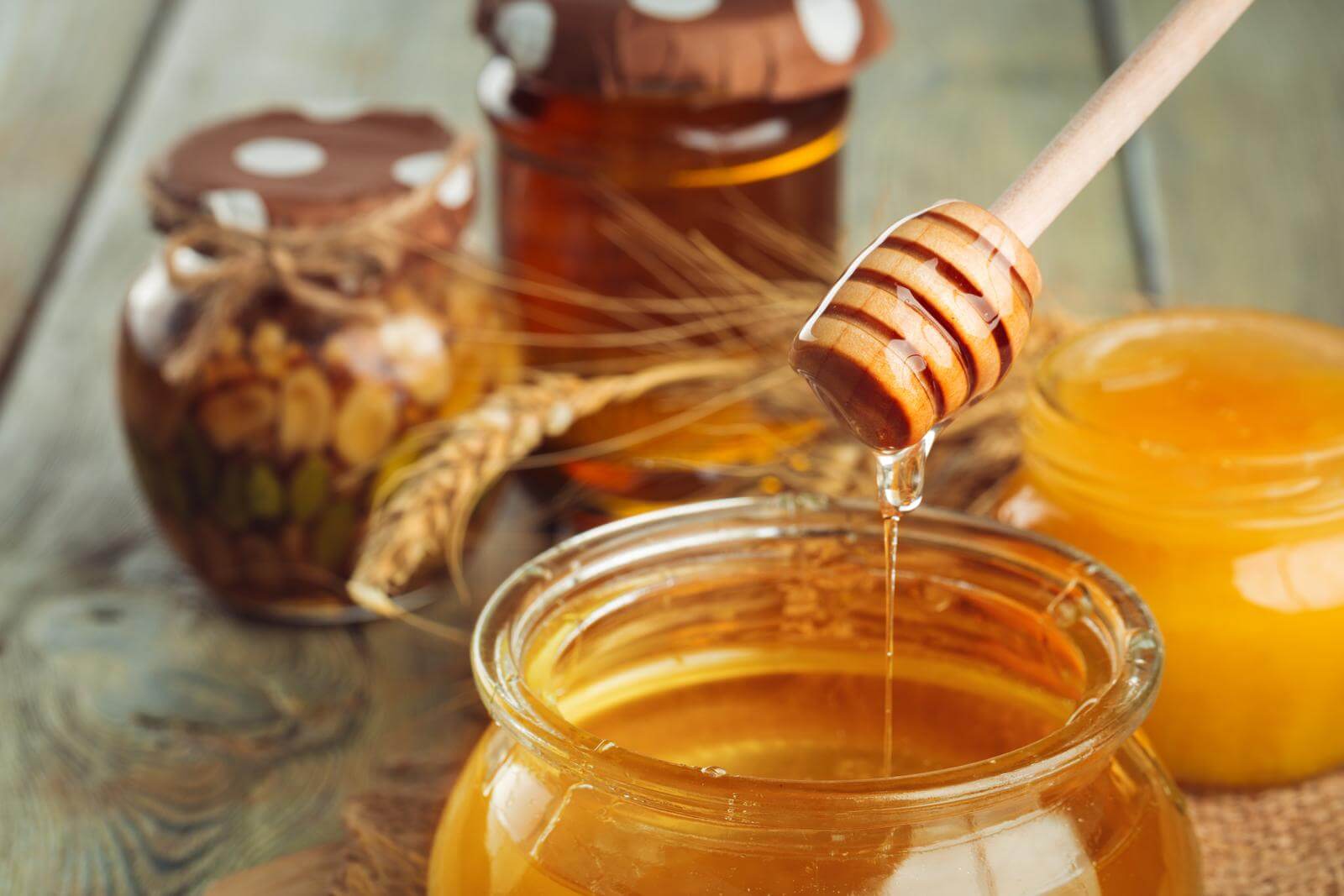
You may be wondering why to use honey; as yeast eat sugar. Well, honey cannot be utilized by yeast when it is not diluted. This is due to the high osmolarity (the concentration of sugar in the liquid; osmolarity defines the ratio of solute to solvent) of honey. There have been many studies showing honey inhibits Candida yeast. Because it is therapeutic, and gel like, honey makes a great topical carrier for herbal medicines. Make sure you don’t think that eating honey will help to treat a yeast infection. The osmolarity goes way down once honey is diluted in stomach fluids; thus, eating honey will only give yeast more food to grow with. It’s the same principle used in candying foods to preserve them.
If you want to learn more about how to use honey, and see some scientific research to support honey’s medicinal properties, you can check out this section of Candida Hub: honey for yeast infections.
Garlic Homemade Treatment

Garlic, by itself, should stop a yeast infection in a few days; however, when combined with other natural remedies, this should be able to create an even more effective treatment. For this plan, you will need one bulb of fresh garlic—try to avoid garlic pills. Avoiding dried powders and pills is important; and, the reason for this is, we want to slightly crush, or even puree, a few cloves of garlic. This crushing of garlic will help two chemicals in garlic—the chemical alliin, and the enzyme alliinase—to combine to form allicin.
Allicin has powerful antimicrobial competencies, and it can even reduce the amount of mycotoxins (fungal toxins) that are released by certain fungi. Yet, don’t expect to find much allicin in any stored garlic pill or powder. Allicin is extremely unstable, and does not stick around very long after it is created from alliin and alliinase. So to ensure you get a good dose of this powerful antifungal phytochemical, use fresh garlic in your homemade treatment.
One study, published in Microbes and Infection [2, 1999, p.125−129], documented various scientific studies involving allicin’s antimicrobial capabilities. The study cited additional research that was done on the effect of pure allicin on Candida species. The following quote references table II, which is displayed below the quotation. Note that MIC stands for minimum inhibitory concentration; i.e., the lowest concentration of a substance that will successfully inhibit growth.
Yamada and Azuma [20] report that pure allicin was effective in vitro against species of Candida, Cryptococcus, Trichophyton, Epidermophyton, and Microsporum at low concentration (minimal inhibitory concentrations of allicin was between 1.57 and 6.25 µg/mL). Allicin inhibits both germination of spores and growth of hyphae [20]. The sensitivities of various clinically important yeasts to a pure preparation of allicin were determined and found to be very significant (table II) (Mirelman et al., unpublished results).
http://dx.doi.org/10.1016/S1286-4579(99)80003-3

Antifungal capabilities of garlic are well documented by a sizable volume of scientific research. One study we will examine, from the multitude of studies, was published in the Journal of Medicinal Food [7 (3) 2004, 327–333]. The study was conducted by scientists from Nigeria; and, utilized 133 drug resistant bacteria and 10 different species of Candida. Thus, it is safe to assume the type of Candida causing your yeast infection will also react to garlic in the same fashion as these 10 strains did.
The researchers found, that all 10 species of Candida, were able to be successfully killed by a small amount of aqueous garlic extract. It took about 15 mg / ml of garlic to successfully kill all 10 Candida species. The killing capabilities of this garlic solution was also found to be dose and time dependent. Consequently, the more garlic you use, and the longer time you allow it to be in contact with Candida, the more yeast will be killed.
If you would like to get a little bit more information about using garlic, you can check out this section of Candida Hub: garlic for yeast infection.
Cinnamon Homemade Treatment
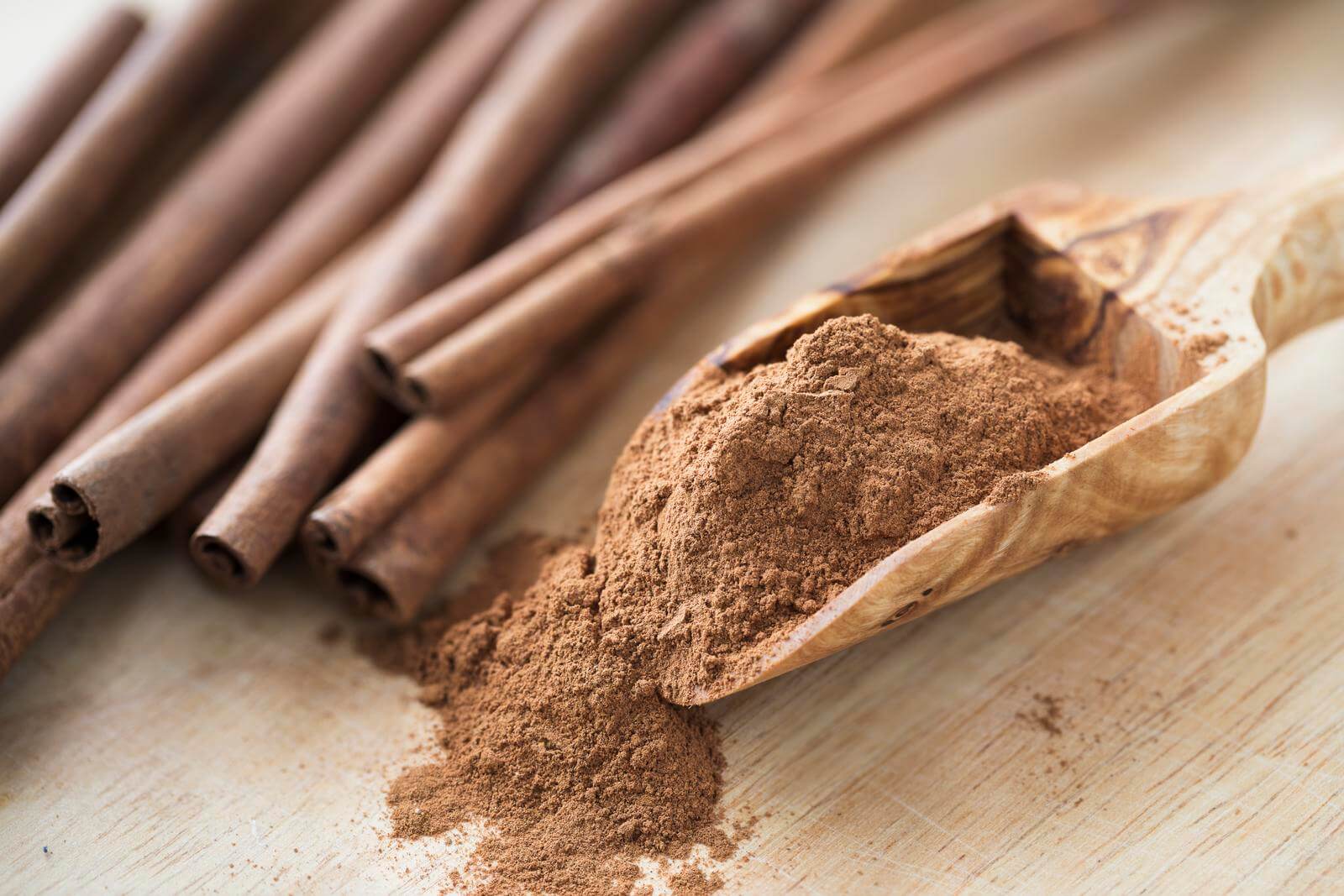
Cinnamon is a great tasting, safe natural remedy for yeast infections. The bark is proven to have Candida fighting capabilities. If you are lucky enough to have cinnamon essential oil, you can also use this in the honey as well. Cinnamon essential oil will also stop Candida in its tracks.
Whatever type of cinnamon you have (and you can use multiple types; i.e., essential oil and bark powder), just simply add a bit to your honey. You should be able to add a significant amount of cinnamon powder to the honey without it causing irritation. Just try and keep the honey somewhat spreadable; so it can be easily applied to the vagina or skin. Too much cinnamon could make the honey too dry to apply correctly.
There is an in depth article that discusses using cinnamon oil as a home remedy. If you would like to learn more about this, you can check out this article: cinnamon essential oil for yeast infections. There is also some additional information specifically about cinnamon bark powder at this page of Candida Hub: vaginal honey yeast infection home remedy.
A 1/2 Day & Yeast is Gone!
Linda Allen suffered from yeast infections for years. Through researching natural medicine & Candida, she found an efficacious solution!
Linda is one expert you want on your side! Let her show you how to get rid of a superficial yeast infection in just 12 hours; AND, keep it gone!
A 60-day, 100% money back guarantee is provided.
Visit Official Site!Probiotic After Care
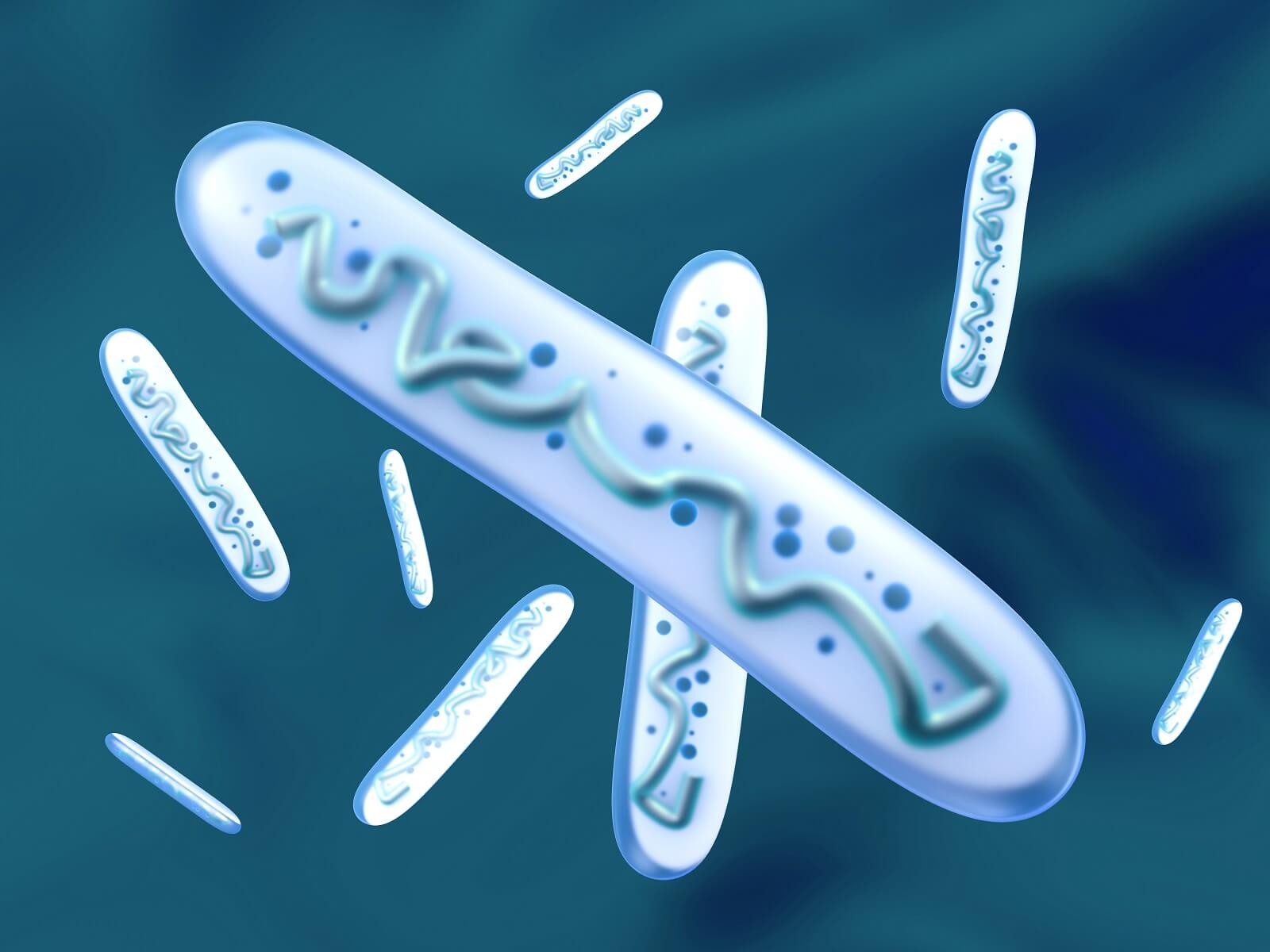
After you have let the homemade yeast infection cure sit in the vagina or on the skin for several hours (preferably overnight), you should have given yeast a good attack. After you wake up in the morning wash the mixture away with clean water until all of it is gone.
The next step in this process involves fighting Candida with “biowarfare” so to speak. You want to utilize helpful friendly bacteria that are natural enemies of Candida. Certain strains of bacteria will help to cure yeast infections and keep them away for good. They do this primarily by:
- Crowding out Candida cells and taking away space on the body’s tissue linings; giving Candida cells no way to “attach” themselves to the area.
- Eating up sugars, and other nutrient sources; essentially helping to starve Candida, and thus, restrict its overgrowth.
- Many Lactobacillus probiotics (such as acidophilus) will secrete lactic acid as a by-product of their metabolic process. It’s the same acid that makes your milk go sour after a while. This lactic acid acidifies the area these bacteria are living in; making it difficult for yeast to thrive. Candida does not like acidic surroundings.
Eliminate Bacterial Vaginosis & Vaginal Odor
Jennifer O’Brien is one prominent expert on BV that knows how to get rid of vaginal odor. BV is a common infection that you don’t have to put up with.
Jennifer will show you how to naturally eliminate vaginal odor in just 3 days.
A 60-day, 100% money back guarantee is provided.
Visit Official Site!Rinse and Repeat
If you find that you are not cured right away when you wake up, you need to repeat this process again each night; until you are healed. You should see some relief and reduction of your symptoms after the first night. However, if you're not fully cured, just repeat the process as long as necessary. Make sure you take a good probiotic each morning after you wash the honey mixture away. If you are a woman, inserting a probiotic pill into the vagina is also a great idea. A healthy woman’s vaginal microbiota is composed mostly of Lactobacilli bacteria. Probiotic pills with a good amount of Lactobacilli (especially acidophilus) will help restore the normal bacterial environment of the vagina.
Clair Goodall: Author & Nature Lover
Clair Goodall is a bee-obsessed natural medicine convert from Minnesota. She is one expert you might want to know more about!
Clair will help you protect you and your family from toxic products and chemicals and help you discover solutions from nature.
Also, Clair’s book is backed by a 60-day, 100% money back guarantee
Visit Official Site!Stopping Recurrent Yeast Infections
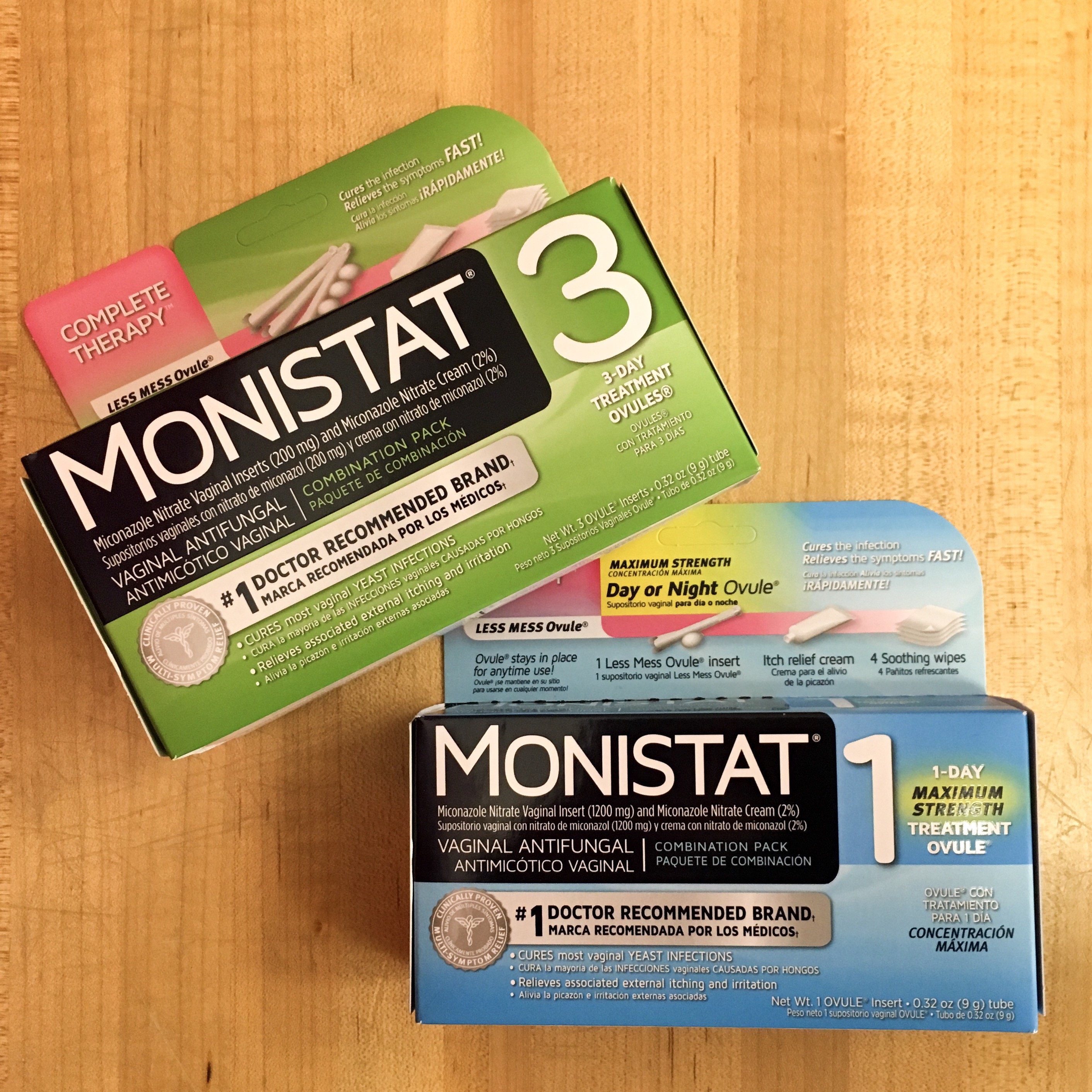
If you have been struggling with recurrent yeast infections, chances are your gut is infected with excessive amounts of Candida fungus. The yeast grows in your digestive system and moves from the anus to the gentials. Once it arrives in the gential area, the yeast establishes itself once again via this method. This is likely the reason you are experiencing repetitious outbreaks. To totally stop your recurrent yeast infections, you will likely need to kill off the yeast living in your digestive system.
A Natural, 12 Hour Yeast Infection Cure

According to a research paper published in Clinical Microbiology Reviews [12.1 (1999): 80-96], Candida species are quite ubiquitous organisms. Candida are most frequently present in the mouth; and, live in 31% to 55% of healthy people. The species that causes approximately 70% to 80% of all Candida infections is C. albicans.
The Chinese Journal of Obstetrics and Gynecology [2011 Jul;46(7):496] reports there appears to be a correlation between intestinal Candida infections and vaginal yeast infections. And, this provides a clue, as to why yeast infections in general, can reoccur.
This study states, in 148 cases of vaginal candida infections, 33.1% of the women were infected in both the intestines and vaginal area. The recurrence rate of yeast infections, in women with simultaneous intestinal infection, was significantly higher than for women who did not have an intestinal infection. This study concluded that vaginal yeast infections are highly associated with simultaneous intestinal Candida infection.
As research appears to indicate, systemic Candida infections can and do happen. A more systemic Candida infection may primarily get a foothold in the intestines; and cause a wide array of problems. If your yeast infections keep happening, a systemic Candida problem may be why.
One woman who suffered from a systemic Candida infection, for about 12 years, was Linda Allen. The systemic Candida infection that attacked Linda caused a wide range of health problems in addition to yeast infections. Some of these problems, Linda describes in her own words in the following quote:
To be honest, it was hard to pinpoint exactly what was wrong: I wasn’t really sick, but I wasn’t really well either. I had listlessness, fatigue, brain fog, stomach ailments, unexplained rashes, skin infections, and so on. It seemed like every day brought a new challenge.
My energy was sapped and I felt exhausted, which affected my grades and put a big dent in my social life.
Linda Allen’s symptoms included an embarrassing vaginal discharge, severe itching, and burning sensations. Her infections were difficult to deal with, and Linda’s health problems cost her financially as well. Linda states these infections of Candida can become excruciating when they happen as frequently as a menstrual period.
Yet, Linda spent a great deal of time in research; and even questioned health professionals who were kind enough to share some time with her. Linda even tried an array of purported "cures." Although it took a while, eventually, Linda put together a natural treatment plan she hoped would solve her Candida situation.
After spending about a year refining her new approach, Linda tried her system on herself. It worked amazingly well. Linda even returned to a few medical doctors to get tested for the presence of infections. These tests revealed all indicators of infection had vanished! Linda was indeed well again, after such a long, difficult journey.
Linda has since published a book detailing how to copy her success. She also includes a 12 hour yeast infection cure that can get rid of a superficial (such as a genital yeast infection or oral thrush) yeast infection in about 12 hours.
Linda’s publisher protects those who get her book with a 60 day, 100% money back guarantee. Linda’s publisher, a subsidiary of the United States based firm Keynetics Incorporated, is a reputable digital retailer that has been around for a long time. They have great customer service, and make getting a full refund on Linda’s book quick and easy. If you’re not satisfied, you can quickly get all your money back.
If you would like to learn more about Linda’s journey to freedom from Candida, see reviews of others who tried her natural system, or find out more about her efficacious book; you can find more information at Linda Allen’s website.
Author: Mr. Nicholas Gross

Nick Gross is a natural medicine enthusiast who has been researching and writing about natural medicine since 2008. Nick is primarily a web developer but also researches and authors written and video content about natural health. Nick has a bachelor’s degree in Management Information Systems from the University of Northern Iowa.
Disclaimer
The information on this website is not a prescription for anyone. This information is for informational or educational purposes only, and is not a substitute for professional medical advice or consultations with healthcare professionals.
Affiliate Disclosure
Some of the links provided on this website are affiliate links. When a purchase is made through these links, Candida Hub earns money from commission. This helps to keep the website up and helpful to people for free. Thank you for any support!
Stay Up to Date
If you enjoyed this article, consider following / liking our Facebook page. This page is primarily utilized to alert followers of new articles that are put on Candida Hub. Candida related news is also discussed. While you are there, you can see what has been more recently added to Candida Hub.
SOURCES:
- http://dx.doi.org/10.1016/S1286-4579(99)80003-3 — Antimicrobial properties of allicin from garlic. Microbes and Infection (2, 1999, p.125−129). PDF Available here
- http://dx.doi.org/10.1089/jmf.2004.7.327 — In Vitro Antimicrobial Properties of Aqueous Garlic Extract Against Multidrug-Resistant Bacteria and Candida Species from Nigeria. Journal of Medicinal Food [7 (3) 2004, 327–333]. PDF Available here
- https://doi.org/10.1128/CMR.12.1.80 -- Fidel, Paul L., Jose A. Vazquez, and Jack D. Sobel. "Candida glabrata: review of epidemiology, pathogenesis, and clinical disease with comparison to C. albicans." Clinical Microbiology Reviews [12.1 (1999): 80-96].
- https://pubmed.ncbi.nlm.nih.gov/22041440/ -- Lin XL, Li Z, Zuo XL. "Study on the relationship between vaginal and intestinal candida in patients with vulvovaginal candidiasis." Chinese Journal of Obstetrics and Gynecology (Zhonghua fu chan ke za zhi). [2011 Jul;46(7):496].







